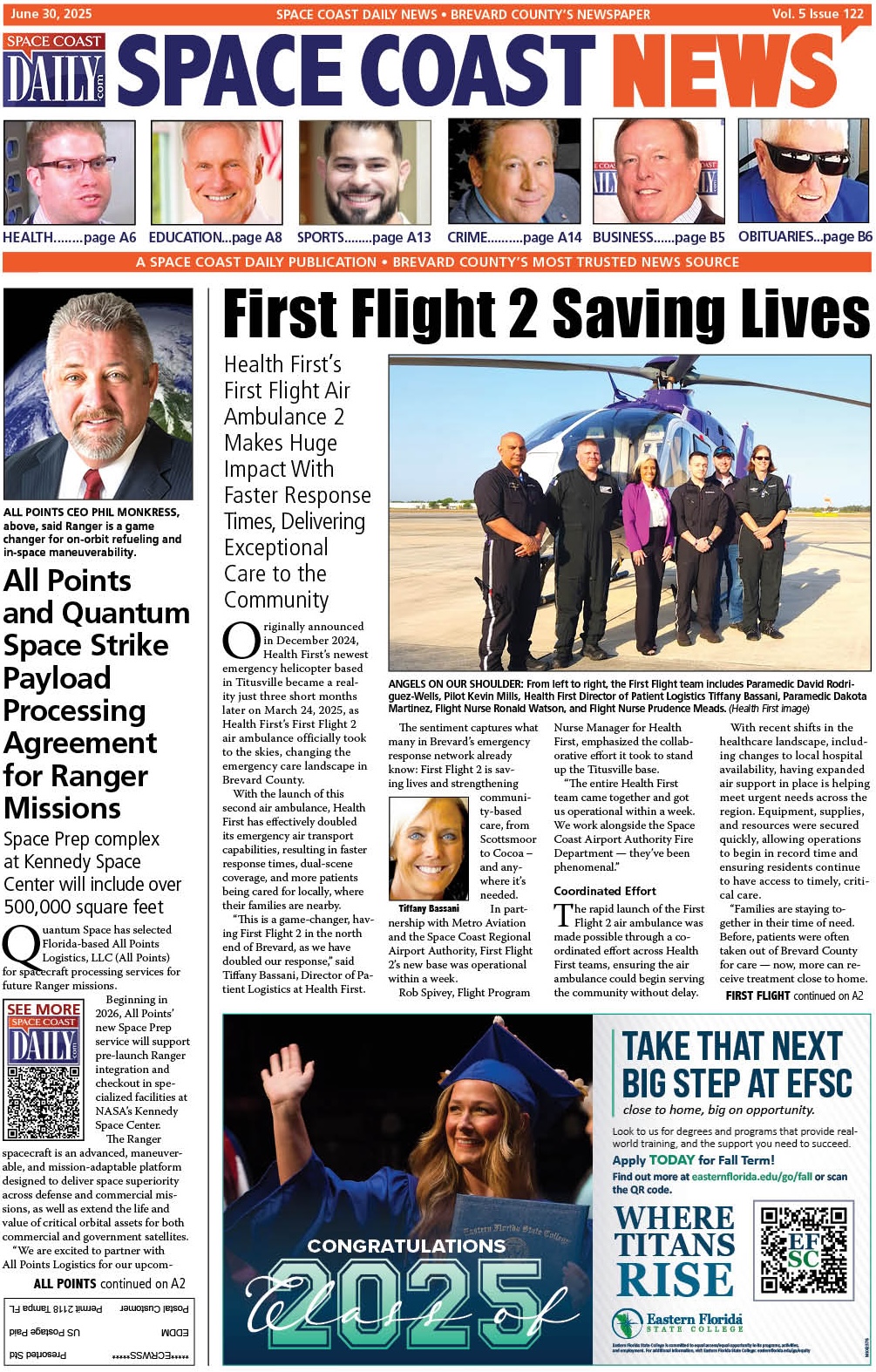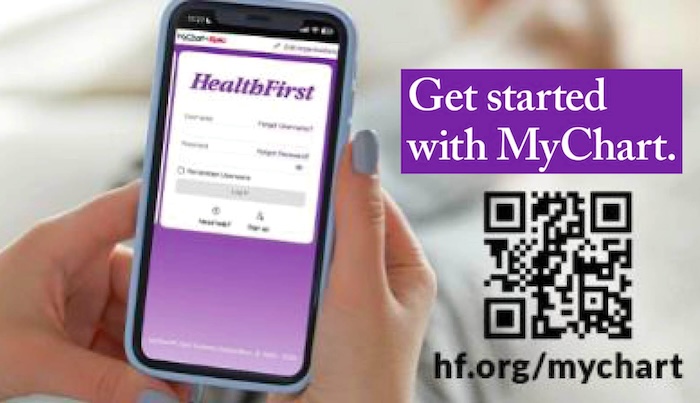Space Coast Daily Healthcare Headlines of the Week
By Dr. James Palermo // October 2, 2014
Topics Include: First Ebola Case Diagnosed In U.S.; New Technology To Treat Baldness; A Comparative Look At Your Drinking Habits – and More.
DALLAS HOSPITAL INITIALLY LET EBOLA PATIENT GO ON ANTIBIOTICS
The Ebola case identified in Dallas was initially sent home from the emergency room with antibiotics before returning to the hospital 2 days later when he was then diagnosed with the disease.
The first man to be diagnosed in the U.S. with Ebola presented initially with complaints of flu-like symptoms, but it is not clear whether the history taken at that initial visit included questions or answers related to travel history.
 The man, who flew from Liberia Sept. 19 and arrived in Dallas Sept. 20, sought care at Texas Health Presbyterian Hospital on the 26th, was treated and sent home, then returned two days later when he was admitted in critical condition.
The man, who flew from Liberia Sept. 19 and arrived in Dallas Sept. 20, sought care at Texas Health Presbyterian Hospital on the 26th, was treated and sent home, then returned two days later when he was admitted in critical condition.
Travel history screening for patients with flu-like symptoms is key at a time when early Ebola symptoms can mirror the flu. The 2014 Ebola outbreak is the largest in history and the first Ebola epidemic the world has ever known—affecting multiple countries in West Africa, infecting 6,553 people of which 3,083 have died, according to the latest situation report from the World Health Organization.
In the video below on ABC’s Good Morning America, the Center for Disease Prevention and Control (CDC) Director Dr. Thomas Frieden expresses confidence that Ebola will be “stopped in its tracks” here in the the United States. (Gilblom/Cortez, Bloomberg, 10/1; Smith, MedPage Today, 9/30; ABC/Good Morning America, 10/1)
HEALTH APPS: DO THEY DO MORE HARM THAN GOOD?
There are apps available for smart phones and tablets that allow us to monitor almost every factor that impacts health, including weight, exercise, blood pressure, glucose and cholesterol levels, heart rate, sleep quality, and even the diagnosis of cancer.
 An abundance of personal health data is quite literally in the palm of our hands, and new apps are being introduced daily. With this proliferation of what the Food and Drug Administration (FDA) describes as a tool that transforms a mobile platform into a regulated medical device, as would be expected, there is increasing scrutiny of the effectiveness and safety of these apps.
An abundance of personal health data is quite literally in the palm of our hands, and new apps are being introduced daily. With this proliferation of what the Food and Drug Administration (FDA) describes as a tool that transforms a mobile platform into a regulated medical device, as would be expected, there is increasing scrutiny of the effectiveness and safety of these apps.
Medical News Today delves into growing concern among healthcare experts that development and distribution of these apps require minimal to no medical professional input or disclosure of limitations or information sources. The potential for misuse of or even harm from reliance on these health tools “is of particular concern in times of economic hardship, when uninsured and even insured patients, deterred by the cost of co-payments for medical visits, may turn to these applications as alternatives to physician evaluation.” (Whiteman, Medical News Today, 9/26)
FDA: IGROW HAIR GROWTH SYSTEM CLEARED FOR TREATMENT OF BALDNESS
The U.S. Food and Drug Administration (FDA) recently approved a device—the iGrow Hair Growth System—that uses low level laser therapy to strengthen hair follicles and regenerate cells, and could eventually reverse baldness.
Both men and women have benefited from the technology, which is most effective on hair loss that falls in the 2A through 5 categories of the Hamilton Norwood Hair Loss Scale (includes receding hairlines through mid-size bald spots).
The iGrow Hair Growth System video below describes the physiology of hair growth and loss, and how low level laser technology combined with LED light therapy can rejuvenate hair follicles and enhance hair growth. The helmet-like device retails for $695. (NY Daily News, 9/24)
http://youtu.be/yxMUyISdfSQ
HOW DO YOUR DRINKING HABITS STACK UP?
The Center for Disease Prevention and Control (CDC) reported in January that at least 38 million adults in the U.S. drink too much, defined as more than eight drinks per week for women and 15 drinks per week for men.
But how much are Americans actually drinking? Probably more than you thought.
 30 percent of American adults don’t drink at all and another 30 percent consume on average less than a drink per week.
30 percent of American adults don’t drink at all and another 30 percent consume on average less than a drink per week.
However, according to data from Philip J. Cook’s book, “Paying the Tab,” an examination of the costs and benefits of alcohol control in the U.S., which uses calculations made using the National Epidemiologic Survey on Alcohol and Related Conditions (NESARC), it turns out that the top 10 percent of U.S. drinkers consume an average of 74 alcoholic beverages each week or a little more than 10 drinks per day, and account for well over half of the alcohol consumed in any given year.
Check the graphic in this Washington Post article to see where your drinking habits fall. (Ingraham, Washington Post, 9/25)
FOR GOOD HEALTH: PIANO STAIR…CREATIVE ENGINEERING
All of the research that links a sedentary lifestyle to multiple health problems frequently sights solutions like,”Take the stairs instead of the escalator or elevator and feel better.”
The fact is that few people actually follow that advice.
However, the video from New Zealand below proves that some creative engineering that injects good, healthy fun into our everyday routine results in more people taking the stairs.












